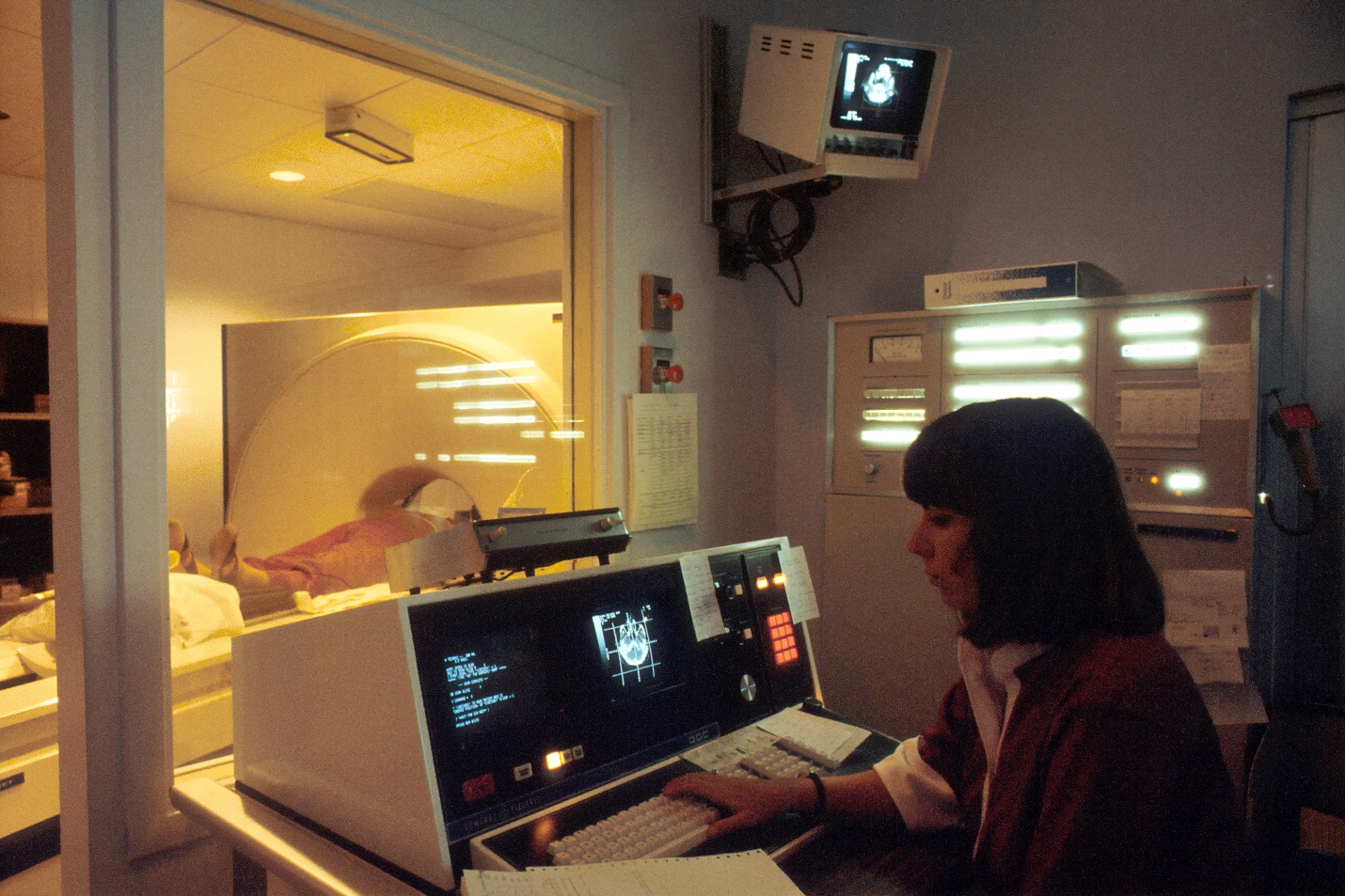General Health Tips & News
The Effect of MRI in the Diagnosis and Treatment of Bone Marrow Disorders
By M.M. (staff writer) , published on May 25, 2023

Medicine Telehealth Health Bone Marrow Disorders
The Effect of MRI in the Diagnosis and Treatment of Bone Marrow Disorders
Magnetic Resonance Imaging (MRI) has become an important tool in the diagnosis and treatment of bone marrow disorders. This non-invasive imaging technique uses a magnetic field and radio waves to create detailed images of the bones and surrounding tissue. The ability of MRI to provide high-resolution images of the bone marrow and surrounding structures makes it an essential tool in the diagnosis and management of these disorders.
Diagnosis of Bone Marrow Disorders
MRI is commonly used to diagnose bone marrow disorders, such as osteomyelitis, aplastic anemia, and multiple myeloma. The high-resolution images provided by MRI enable physicians to identify bone marrow lesions, tumors, and other abnormalities that may be indicative of a bone marrow disorder. This information is essential for making an accurate diagnosis and determining the best course of treatment.
In addition to identifying abnormalities in the bone marrow, MRI can also be used to evaluate the extent of bone involvement in these disorders. For example, in multiple myeloma, MRI can be used to determine the extent of bone destruction and the presence of lytic lesions, which are areas of bone destruction caused by the cancer cells. This information is critical for staging the disease and determining the best course of treatment.
Treatment of Bone Marrow Disorders
Once a diagnosis is made, MRI can also be used to monitor the effectiveness of treatment for bone marrow disorders. For example, in osteomyelitis, MRI can be used to monitor the response to antibiotics and determine if the infection has been eradicated. In multiple myeloma, MRI can be used to monitor the response to chemotherapy and determine if the cancer cells are responding to treatment. This information is critical for determining if a change in treatment is necessary.
In addition to monitoring treatment, MRI can also be used to guide procedures such as bone marrow biopsies and aspirations. These procedures are important for obtaining samples of the bone marrow for further analysis and for obtaining stem cells for transplantation. MRI can be used to identify the best location for these procedures and to ensure that the samples obtained are representative of the bone marrow.
MRI is an important tool in the diagnosis and treatment of bone marrow disorders. The high-resolution images provided by MRI enable physicians to identify bone marrow abnormalities and evaluate the extent of bone involvement in these disorders. Additionally, MRI can be used to monitor the effectiveness of treatment and guide procedures such as bone marrow biopsies and aspirations. With the help of MRI, physicians can make accurate diagnoses and determine the best course of treatment for bone marrow disorders.
Sources:
1. https://www.ncbi.nlm.nih.gov/pmc/articles/PMC6209491/
2. https://www.tandfonline.com/doi/abs/10.3109/10428199309148551?journalCode=ilal20
3. https://link.springer.com/article/10.1007/BF00193815
Find articles related to: Medicine Telehealth Health Bone Marrow Disorders
More articles about General Health Tips & News
Back to the Health Tips Index




